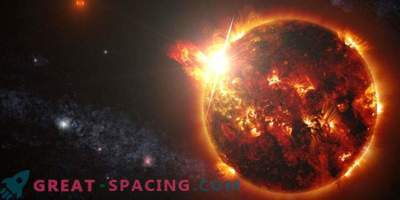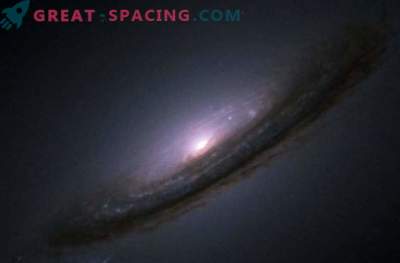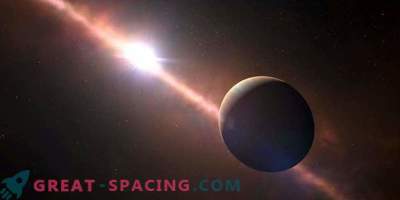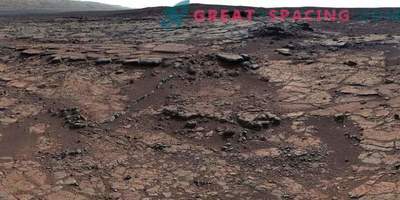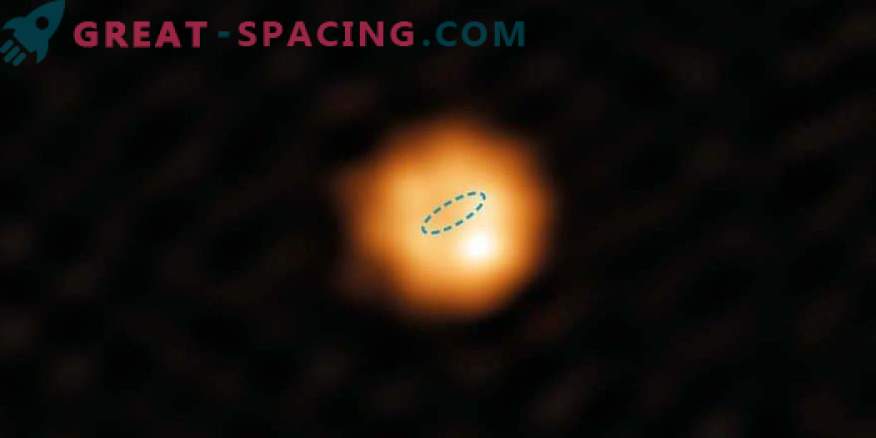
In a distance of 320 light years away, the star W of Hydra resides, whose age is several billion years older than the sun. The dotted ring displays the Earth’s orbital path around the Sun.
Scientists for the first time managed to consider the details of the surface of an aging star, whose mass is similar to the sun. The ALMA survey shows that this is a giant, and its diameter is twice as large as Earth's orbit. There is also information that powerful shock waves affect the star atmosphere.
The red giant W Hydra lives at a distance of 320 light years. This is an example of an asymptotic giant branch (AGB), that is, an old cool and bright star, rapidly losing massiveness through stellar winds.
It is important for researchers to study not only the variety of red giants, but also the process of changing them and populating the galaxy with elements that are the building blocks of life. Now ALMA antennas allow you to get detailed observations.

The task of astronomers is to conduct a direct visualization of even the nearest major stars. W Hydra is compared with the red giant R Golden Fish, the supergiants Antares and Betelgeuse. To create these images, various imaging methods were used at different wavelengths. For comparison, added the angular size of the stars in Alpha Centauri and Pluto Stars like the Sun spend billions of years on evolution. When they approach old age, they increase in size, lose heat and weight. They also throw heavy elements into space (carbon and nitrogen). Later, these particles will become the material for the creation of the next stellar generation.
When observing found a compact and bright spot. This is a hint of the presence of hot gas in the chromosphere. That is, there are powerful shock waves in a stellar atmosphere, where the temperature exceeds the forecasts of modern theoretical models.
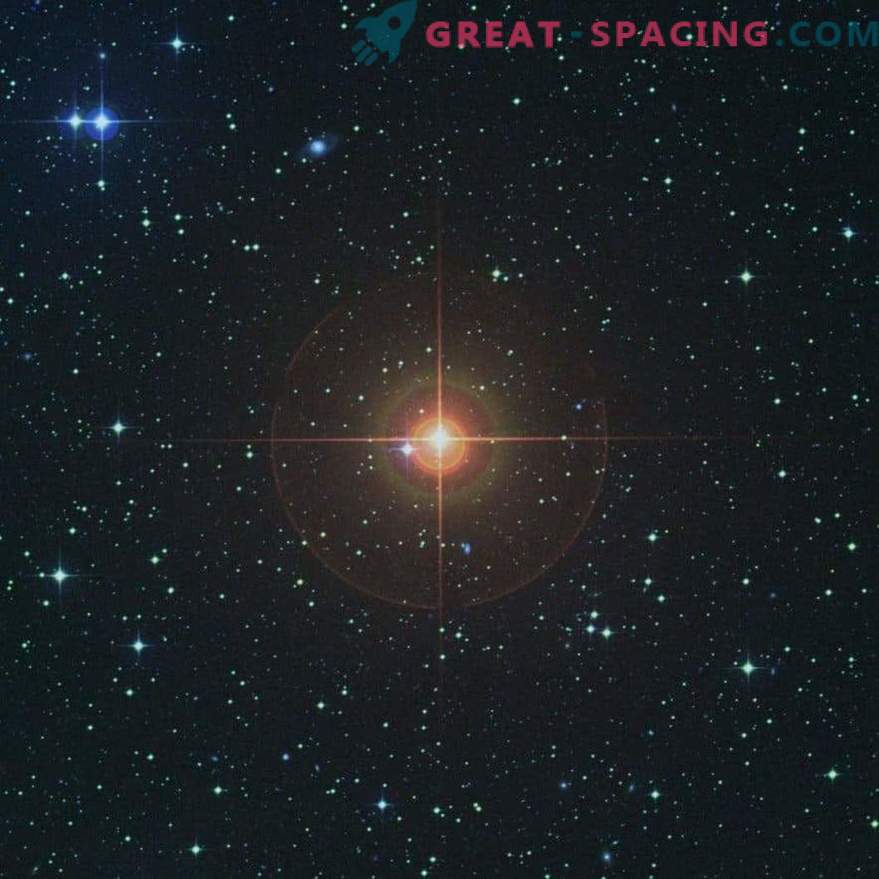
The sky around W Hydra in visible light
There is another option. Perhaps the researchers were watching a giant flash. To understand the mysterious atmosphere, we decided to connect other observations.



